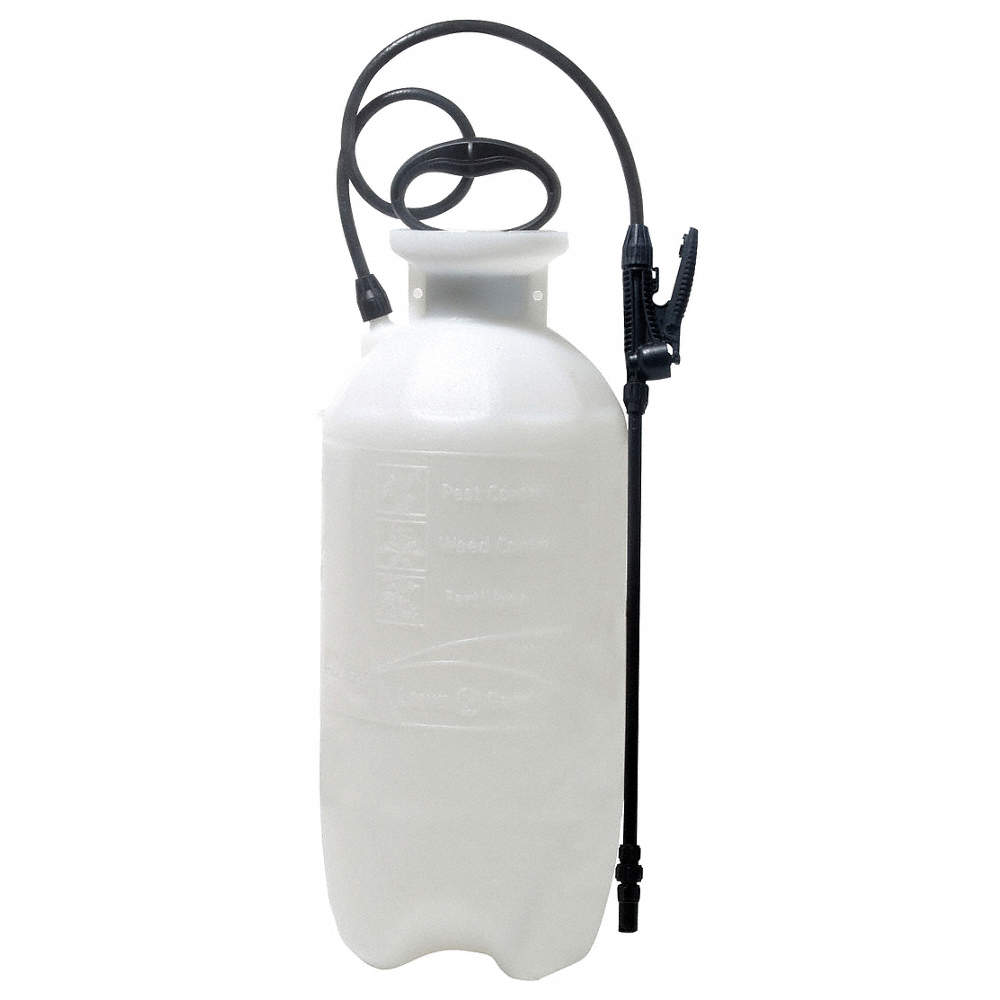The skin on all the models of the Fusion suits are designed for 2 purposes:
1. to make the over-sized core of the suit more streamlined to the diver
2. to provide a protective layer to the thin, flexible core of the suit that keeps the diver dry.
The neoprene skin of the bullet does an excellent job of the above 2 tasks. It also has a decent set of pockets on each thigh.
The only downside is that the neoprene takes a while to dry...this can be an issue if one has limited space to store the suit before it is fully dry or is traveling with their suit where the moisture and weight can be an issue.
The stretchy spandex material skin dry quicker than the neoprene skin, but I have heard that because it is very stretchy it does not restrict the movement of the air bubble in the suit as much.
Personally, I have been thinking of getting a replacement skin for my Fusion made from the stretchy spandex material, the problem for is that it is an expensive item that is hard for me to justify right now. There are some inexpensive skins on the market but they are all for the drycore version of the suit where the skin attaches at all points with velcro. The aircore suits, as mentioned in my previous post, attaches around the chest area with zippers.
If you wanted to change to a bullet model suit without the expense of buying a new fusion, there are some bullet skins on ebay.com listed at great prices...unfortunately for me they will not work with rapid zip system found on the aircore models.
Apeks is owned by Aqua Lung, they acquired the brand around 1997 (they acquired Whites around 2010)..to my knowledge the Apeks suit is like a Fusion Bullet except the skin is made with kevlar. This is designed to be even more cut and tear resistant than the Bullet's neoprene skin...other than that I believe the suits are the same. The kevlar material makes the suit heavier than all the other models. If you are not penetrating wrecks or dragging yourself through cave passages where the resistance to abrasion and cutting may be useful, then the expense of the Apeks KVR1 Fusion suit is unnecessary.
The major benefit of the Fusion suit is that it is adaptable to different body types/sizes within a certain range for each suit size. In a standard drysuit, if one loses a lot of weight or gains a lot of weight the fit of the suit can be an issue....this is not so much an issue with the Fusion. If you body morphology/weight is stable then you might look into some of the other suits on the market
As an example, another option for a good suit with Kevlar and fitted boots is the Mares XR1. It can be ordered/purchase with the Si-Tech wrist and neck seal system (the same as the Fusion) or with latex wrist and neck seals:
XR1 NTS Dry Suit Kev/XR w Sil-ST Seals
XR1 NTS Dry Suit Kev/XR w Latex Seals
Another option to consider, if your current suit does not already have them, you can have it retro-fitted with the si-tech neck and wrist systems (the SLT neck and wrist systems are just Aqualung's nomenclature/branding of the Si-Tech products they use). For what I consider a nominal amount of money, one receives a great amount of insurance...meaning that if a neck or wrist seal tears, one can quickly and easily replace the seal with zero mess and little fuss. There is no need to take the suit to a shop to have new seals glued in place...I keep a spare set of neck and wrist seals in my save-a-dive kit in case I have an issue at the dive site while getting ready to splash.
-Z





